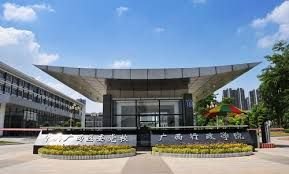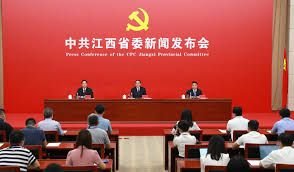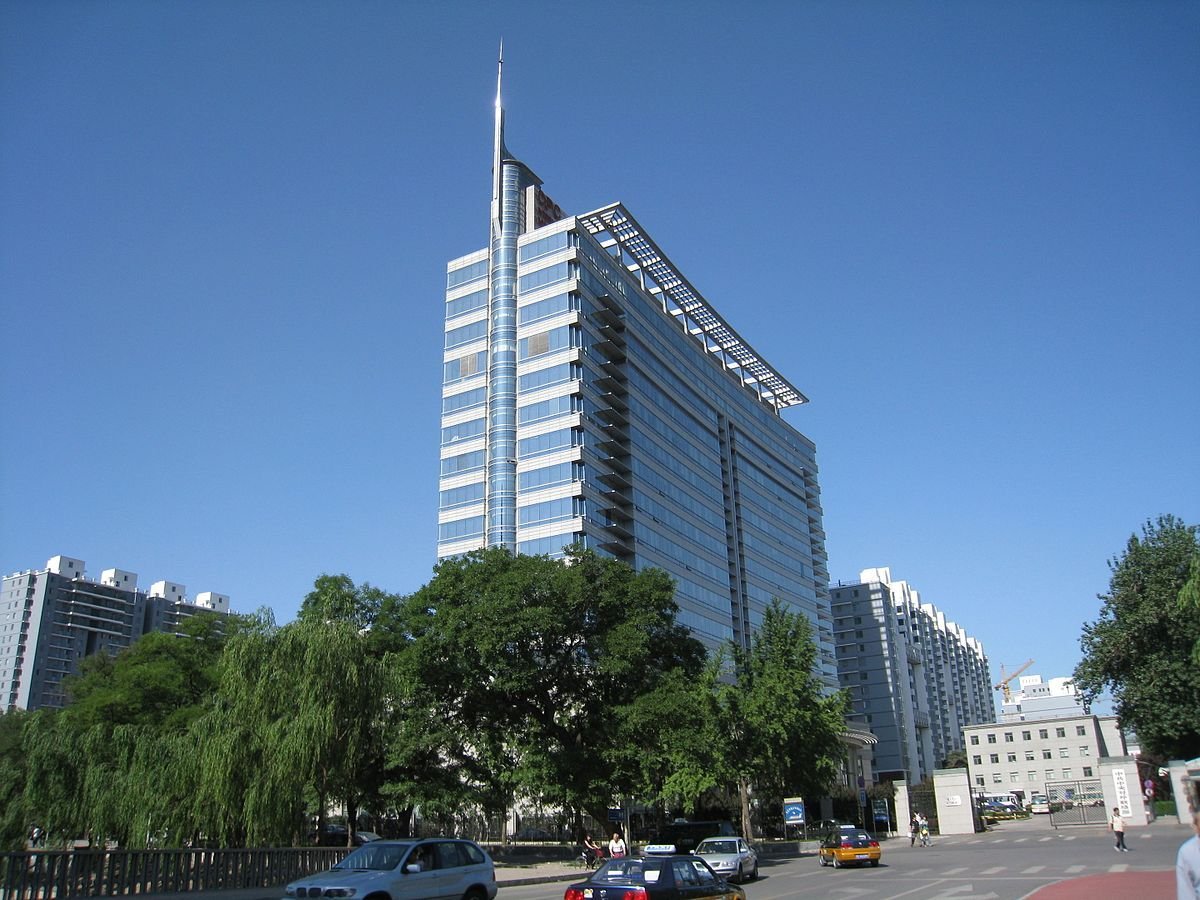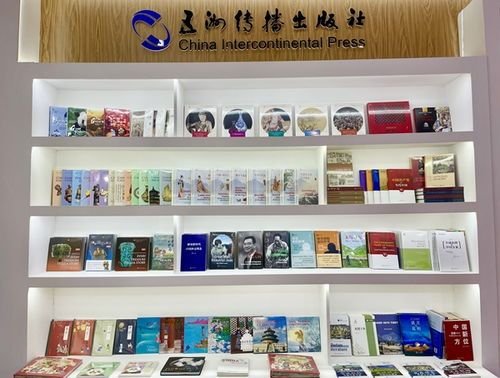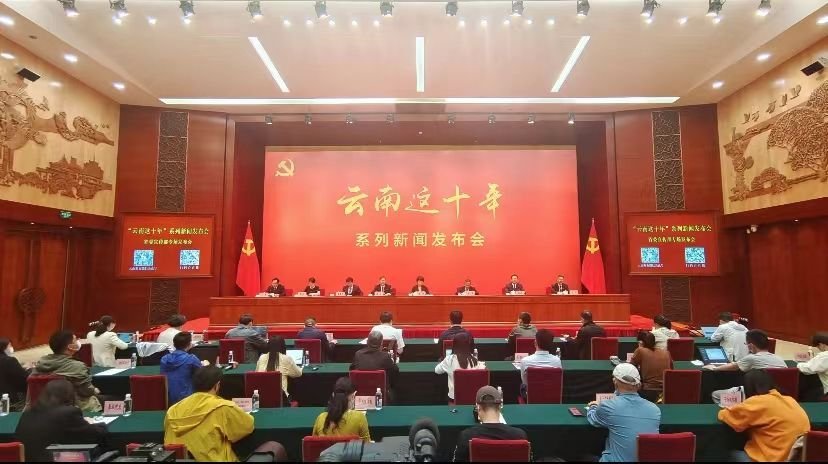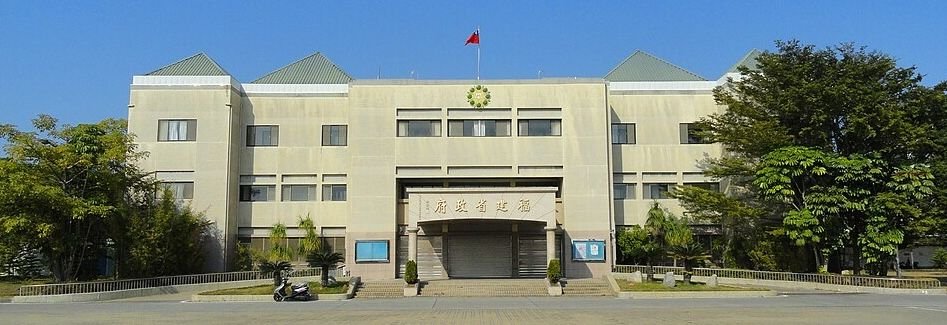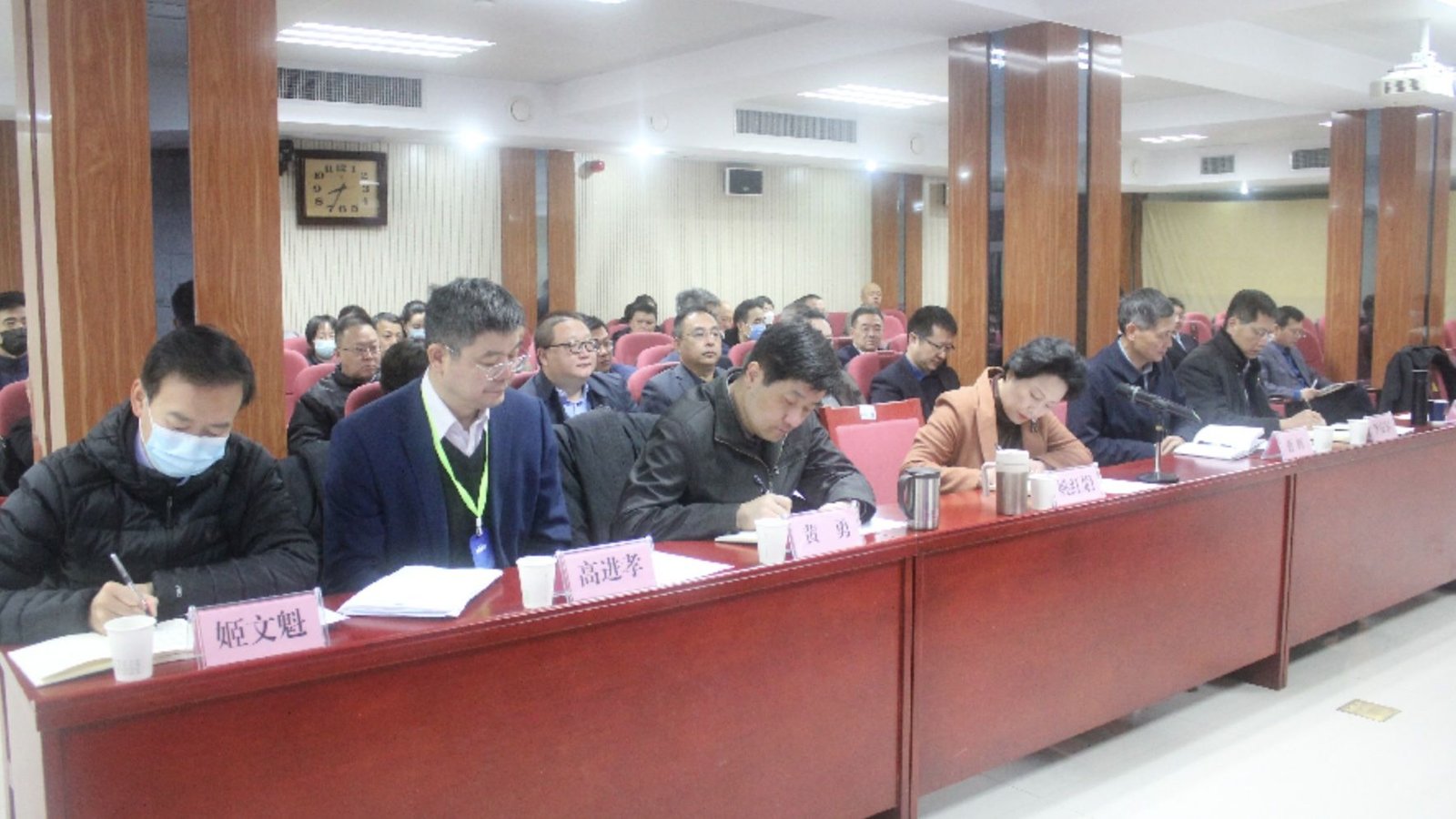School of Marxism of the Guangxi Administration College
The School of Marxism of the Guangxi Administration College (廣西行政學院馬克思主義學院) is a teaching and research department of the provincial-level training institute, which operates under a “one institution, two names” (兩塊牌子、一套人馬) arrangement with the Party School of the Guangxi Regional CCP Committee (中共廣西區委黨校), meaning both institutions share the same staff and facilities but serve different administrative functions. The Party School was founded on May 25, 1950, and is directly led by the CCP Committee of the Guangxi Zhuang Autonomous Region, serving as the main channel for training Party cadres at various levels and functioning as an important think tank for government decision-making. The School of Marxism is one of eight teaching and research departments at the institution — alongside departments on philosophy, economics and CCP history.

